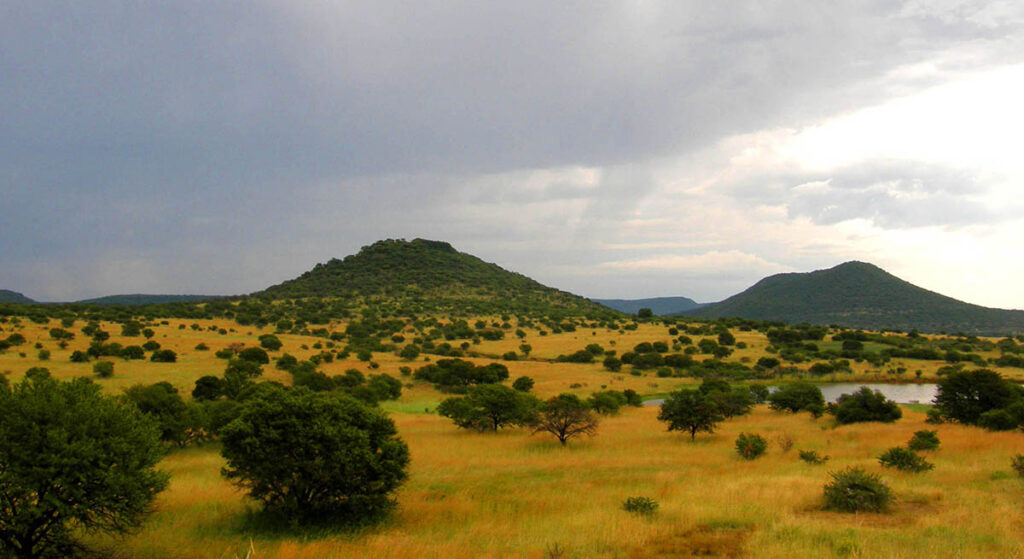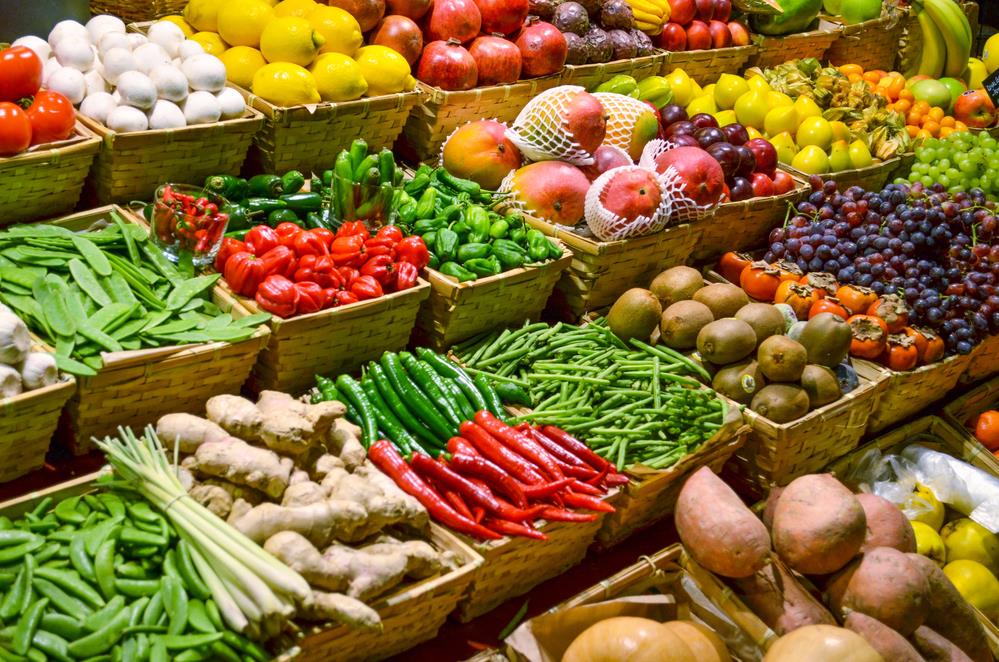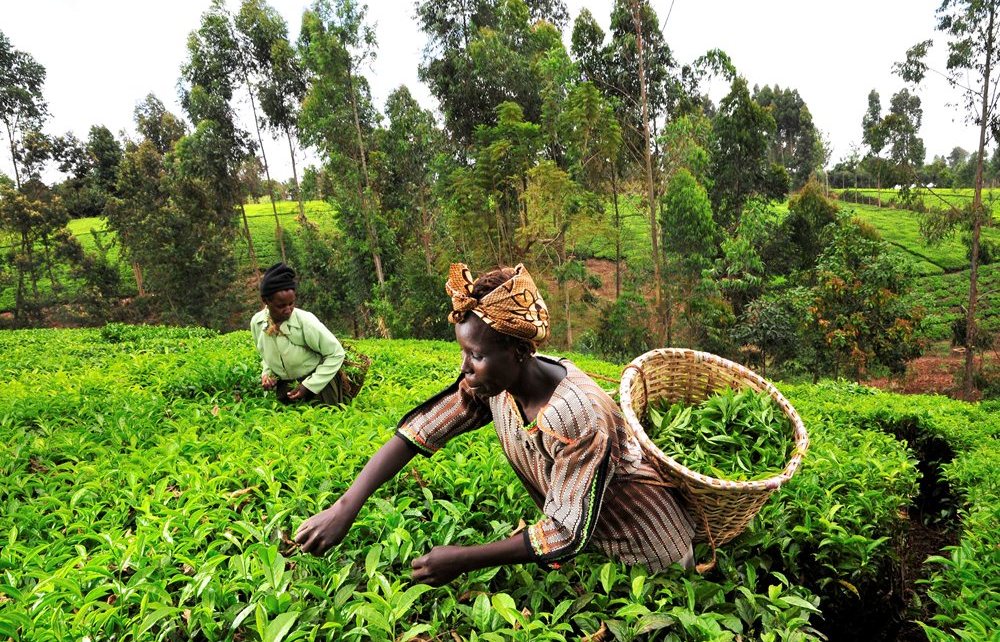
Carbon emissions know no boundaries, and Africa, a negligible emitter, accounts for 2 – 3% of global emissions, suffers disproportionately from climate change arising from actions of others. Carbon sinks apply universally globally. Africa’s carbon sink serves the entire globe. Countries in the tropical rainforest belt like Gabon are net carbon sinks at the country level.
While Africa may be no direct quantification as a sink, compared to the global average, Africa’s per capita car Africa’side emissions can be estimated at 4.8 times lower than the worldwide average. This already would imply a region that is a relative sink – being below the global average. Some studies do note that the net carbon budget of the African continent is a sink. African rainforests are the world’s best carbon sinks: https://www.csmonitor.com/Environment/2021/0520/Why-African-rainforests-are-world-s-best-carbon-sponges
The question is, how can Africa maximize benefits from being a natural carbon supply market?
At the core of how Africa can benefit is a realistic take of the continent’s climate change scenario.
And this is defined by two significant realities.
The first is that while the region has contributed least to the climate change crisis, it stands out as disproportionately vulnerable. While climate change is global, the poor are disproportionately vulnerable to its effects because they lack the resources they need to afford the goods and services to buffer against the worst of the changing climate effects. In Africa, our economies are up to 20 times less productive than competitors in the global space. As an example to illustrate the intersection between climate change & poverty, while North America experiences Category 5 cyclones quite regularly, they don’t experience the level of damage experienced during the recent cyclone Idai in Southern Africa. The message then is that the continent’s climate change efforts need to centre around one core principle – socioeconomics. And this applied to the carbon trade efforts. We need to ask ourselves – how can carbon trade efforts translate to enhanced food security, creation of inclusive income & job opportunities that are accessible to the majority of the population, enhanced economic competitiveness.
The second reality is the urgent need for the continent to rebuild better, more resilient and inclusive economies under the debilitating effects of the COVID-19 global emergency. While the region’s economies are up to 20times less productive than competitors worldwide space, because of COVID, Africa is facing a potential first recession in 25 years. While the region already faces a very precarious food security scenario, with 257million people going to bed hungry, a spike in food prices of up to 300% is projected because of the COVID slow down and the extreme climate events, droughts and floods impacting yields. While the region already needs to create no less than a 13 million jobs each year for its ballooning youthful population, the COVID-19 has been projected to drive the loss of nearly 50% of all on the continent.
As a way out, the 2020 UNEP emissions gap report underscores the need to prioritize a “green pandemic recovery”. This implies an urgent need to increase global climate action ambition – including in carbon trade, by re-prioritizing investments, in trajectories that lower emissions but drive the much-needed socio-economic bottom-line benefits. Following this approach will unlock income opportunities to drive post-COVID recovery and do so while cutting emissions by up to 25% by 2030. This is the prism we need to view carbon trade as well.
Making carbon trade work for Africa
The Paris Agreement under Article 6 on market mechanisms provides a statutory regime of carbon trade. Specifically, article 6.2, whose rules of operationalization are being refined, provides a principle referred to as “internationally transferable mitigation outcomes”. This principle allows countries considered the highest emitters to partner with low/negligible emitters across the globe – including in Africa – and agree on how their high emissions can be offset through investing in supporting a low emission action within the territories of low emitters. This is the essence of carbon trade. Due to its negligible emissions, Africa is likely to be a supply market. But to make this principle work for Africa, the region needs to remember one word – “selective”. African carbon supply market players must be selective on the kind of investments they choose to partner on. The region needs to partner in areas that catalyze the growth of competitive low carbon enterprises accessible to informal sector players – where up to 80% of the continent work is created. And this selectiveness starts with a change of mainstream “narrative” of carbon trade across the continent.
A new narrative for carbon trade in Africa
All actors engaged in the carbon trade arena need to have “selectiveness” and “green pandemic recovery” as the foundational premise informing their investment or partnerships decisions. To illustrate – while specific areas of investment have been in reforestation, African actors should ask themselves how such reforestation actions have helped to increase economic productivity, create jobs for youth, enhance food security, and drive a trajectory of competitive economies. A precise analysis should be undertaken to ensure that only areas that maximize the continent’s socio-economic priorities are selected for investments.
Africa accounts for only about 2-3 % of the global carbon trade. Even as genuine efforts are made to increase this market share, a more urgent need is to determine how proceeds from whatever is coming into the continent can be re-invested in areas where socio-economic impacts can be maximized.
This implies investments targeted at maximizing earnings in the informal sector, where the majority draw their livelihoods from. And considering that land-based actions are the focus of Africa’s carbon supply markets and emissions sources, re-investment should target land-based areas that are also most accessible to informal sector actors.

Here, agriculture, which provides livelihoods for over 60% in Africa and which is also highly vulnerable to climate change, continues to be Africa’s primary socio-economic sector and a land-based area where Africa’s carbon trade strength lies. Investing to maximize its productivity by injecting accessible mitigation actions to power value addition and maximize incomes should be at the core priority of re-investing any proceeds trickling into the continent from any carbon trade partnerships the region chooses.
For example, investing in decentralizing solar dryers to cassava farmers – where Africa is the largest producer – can not only reverse post harvest losses running into billions of dollars – but can ensure value chain actors at the primary level earn up to 30 times more by being able to preserve their harvest and sell during the offseason when demand is highest. As opposed to selling during peak seasons under an entire market glut for fear of losing their harvest due to spoilage. This will happen without emitting, ensuring the environment remains intact while positioning the continent to tap an over $20billion global allergen-free foods market. This would be a much optimal investment for the continent instead of planting trees – where benefit goes beyond abating emissions – to include key socio-economic aspects of income creation, food security and accessibility to informal sector players.
